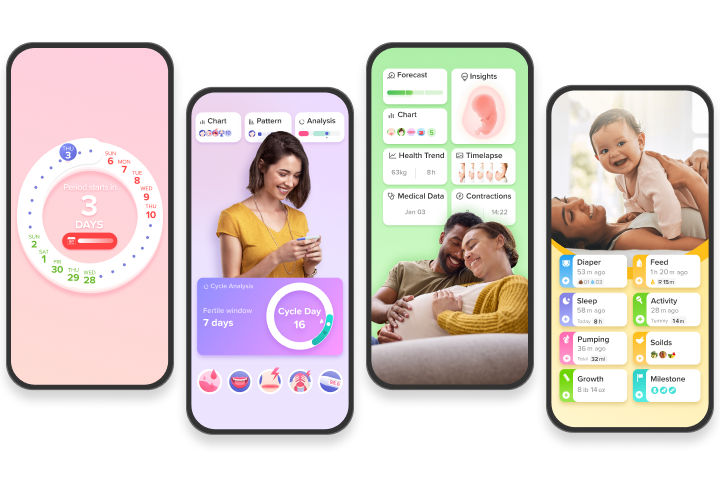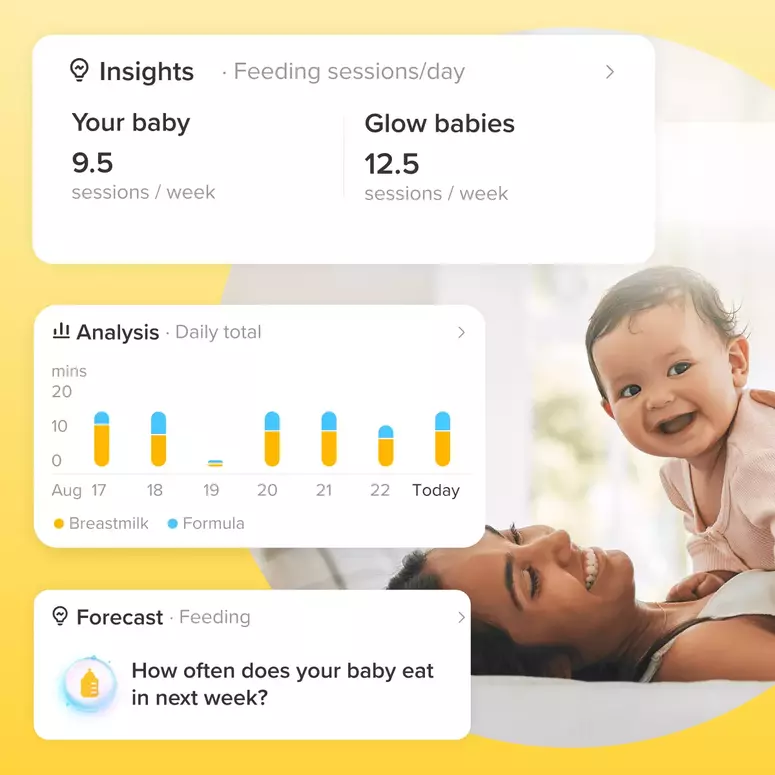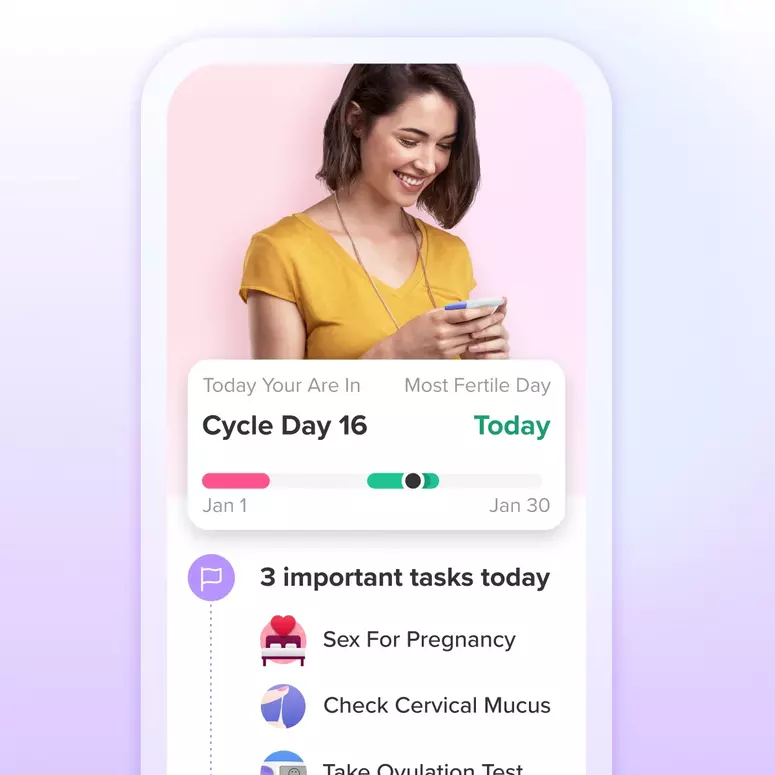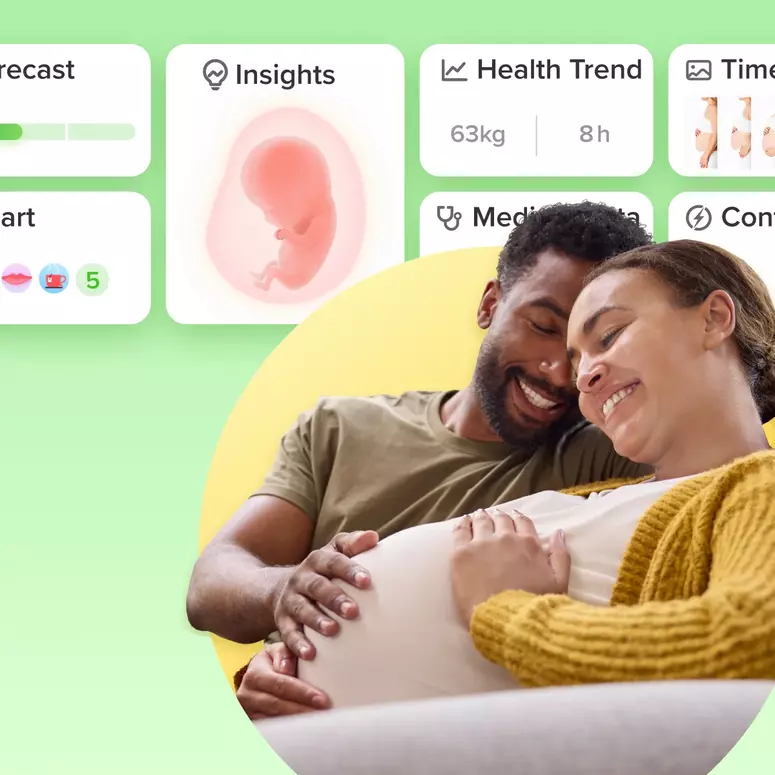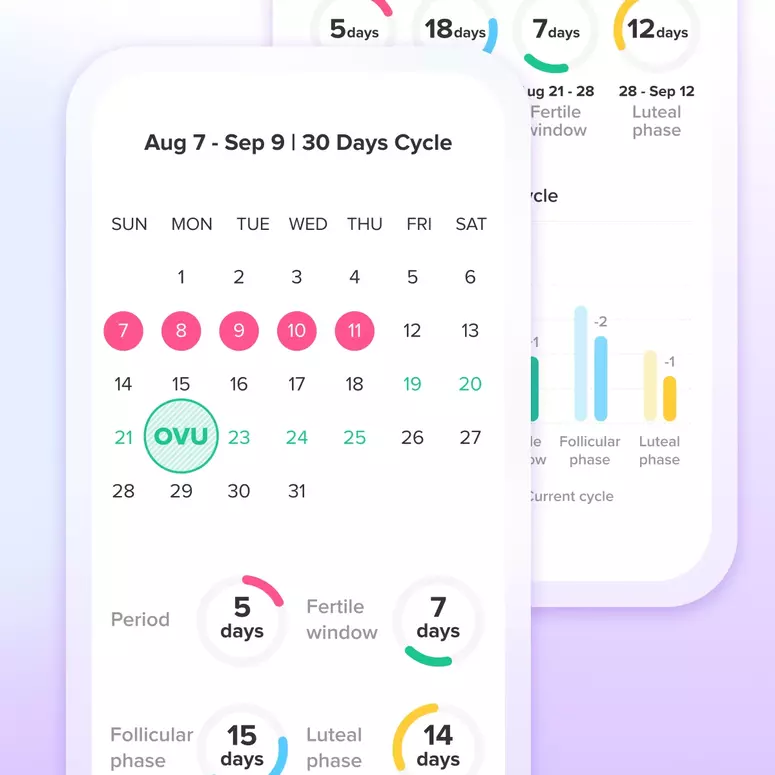Okay. So you decided to have a baby! Now what?
Newsflash: Getting pregnant can actually be a bit more involved than your ninth-grade health teacher suggested. Yes, there is sex (lots and lots of sex). But there are a number of other things you can do to set yourself up for success.
We’ve consolidated tips and tricks from the fantastic Glow Community to bring you the ultimate step-by-step guide to trying to conceive. Here is how to get pregnant FAST!
CYCLE 1 – RAMPING UP
DAY 1
- Download the Glow app (free on iOS & Android phones)
- Start tracking your period. Log your symptoms. The first day of cycle is cycle day 1, or CD1.
- Start taking over-the-counter prenatal vitamins.
- Schedule an OB-GYN appointment for a preconception check-up. Bring up any current medications with your doctor to see if they are safe to take while trying to get pregnant. Your doctor may give you a prenatal vitamin prescription at this appointment, too!
- Cut down to less than 2 coffees and/or caffeinated sodas a day.
- No smoking. No drinking. No drugs. (That goes for your partner, too).
- Exercise in moderation (so keep doing whatever you’ve already been doing–no need to ramp up).
DAYS 2 – 7
- Monitor the length and heaviness of your period. If it lasts too long (7+ days) or is too short (2 days or less), it’s worth mentioning to your doctor. If your period is too heavy or very light, if it ‘can’t-get-out-of-bed’ hurts, or if you have unexplained diarrhea throughout, mention that to your doctor, too.
DAYS 8 – Whenever your period comes next
- Buy Pre-seed or another fertility-friendly lubricant. Stop using KY-jelly or other non-fertility friendly lubricants.
- Enjoy sex (baby dancing) with your partner every other day, or even every day if you feel like it! Your position does not matter. You do not have to lie there afterwards, but you can if you want.
- Concentrate on healthy living. Eat well. Go for walks. Do things you enjoy. If you just got off of birth control, your cycle may be anywhere from 22 to 60+ days long. It would be A-MAZING if you got pregnant this first cycle, but it is best to keep your expectations low.
- Buy pregnancy tests in bulk. Try online retailers.
CYCLE 2 – LEARNING ABOUT CM
In your second month, it’s time to learn about cervical mucus (CM). It sounds gross, but it’s really not, and cervical mucus is an important part of understanding your own fertility.
Your body secretes different amounts of fluids depending on where you are in your cycle. If you can identify the type of fluid that is most conducive to conceiving, then you can better pinpoint the best time to have sex.
There have been entire guides written about checking CM, but the important steps to remember are:
- Before having sex, stick a clean finger into your vagina. Pull it out and examine the residue left on your finger under a light.
- If the residue feels slippery, watery, and stretchy and looks clear, then it’s go time! If it is clumpy, white or gooey, then you’re welcome to have sex, but you are most likely not at optimal fertility.
CYCLE 3 – START CHARTING BBT
Charting your Basal Body Temperature (BBT) helps you understand the mechanics of your fertile cycle. After ovulation, your BBT will spike. This jump in temperature will help you confirm the timing of your body’s rhythms.
Charting your BBT is super simple:
- Purchase a BBT thermometer from your drugstore. Make sure it has 2 digits after the decimal place.
- Take your temperature every morning before you get out of bed.
- Record it in the Glow app.
If you do not see a spike for more than 2 cycles in a row, this is yet another important thing to mention to your doctor.
CYCLE 4 – PURCHASE OPKs.
Ovulation prediction kits (OPKs) can be expensive, but they are also extremely helpful in pinpointing ovulation.
Start using OPKs as soon as your period ends and use them daily until you get a positive. Check to see whether your positive OPK matches your BBT spike and your fertile CM. If these three align, then it’s a very good sign! If they don’t, start to keep track of what’s off over your next couple of cycles. Is your CM not matching your OPK positive? Do you not get a BBT spike when the OPK says you should? Keep track of this information will help you better understand your body, and it will be also be helpful if you choose to see a fertility specialist sometime down the line.
CYCLE 5 to 11 – ALL SYSTEMS GO
By the start of your fifth cycle, you should be monitoring your BBT, your CM and peeing on all sorts of sticks (OPKs, pregnancy tests, etc!). You should continue to do all of this through Cycle 11.
We have to admit, from Cycle 5 onwards, the name of the game is “stress management.” It is normal at this point to feel a bit overwhelmed and panicky and start wondering if something is wrong. Chances are everything is perfectly fine. According to the ASRM, 80% of couples get pregnant within one year of trying and 90% after 2 years of trying.
CYCLE 6 or 12 – ONE LAST HURRAH
On day 1 of your twelfth cycle, (or your sixth cycle if you are over the age of 35) call a fertility specialist and make an appointment during the first few days of your next cycle. Glow Pages can help you find good fertility specialists in your area.
Once the appointment is scheduled, go ahead and enjoy a cycle of carefree fun with your partner. No BBT, no CM tracking, no OPKS – just some good old-fashioned sex, all the while knowing that you will get more of the help you need from this point on.
So, that’s it! We wish you a healthy and happy year of babymaking! With any luck, you will be downloading our Glow Nurture pregnancy app in no time!
